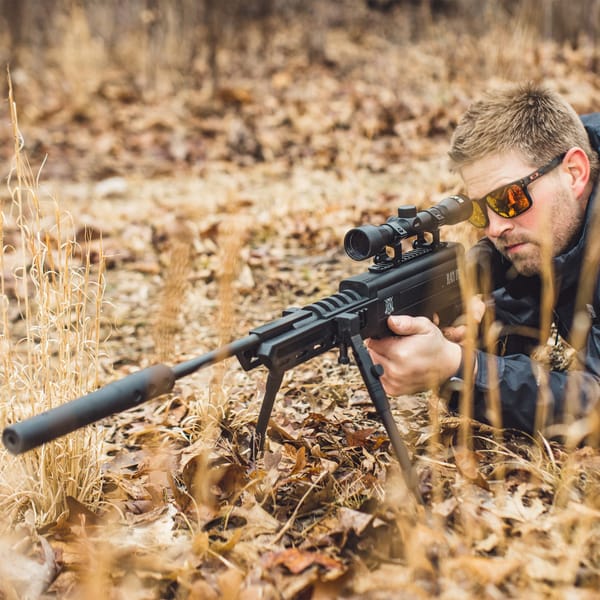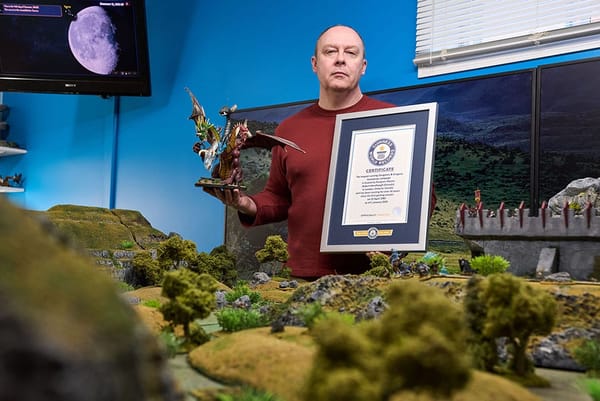Scientists say anyone can learn to do echolocation

From Scientific American: "Human echolocation has at times allowed people to ride bikes or play basketball despite being completely blind from a very young age. These echolocators typically perceive their environment by clicking sharply with their tongues and listening to differences in the sounds reflected off objects. Brain-imaging studies reveal that expert echolocators display responses to sound in their brain’s primary visual region, and researchers have speculated that long-term input deprivation could lead to visual regions being repurposed. “There’s been this strong tradition to think of the blind brain as different,” said Lore Thaler, a neuroscientist at Durham University in England. Thaler co-led a 2021 study showing that both blind and sighted people could learn echolocation with just 10 weeks of training."
Tracking a serial killer: The bodies behind the walls at 10 Rillington Place
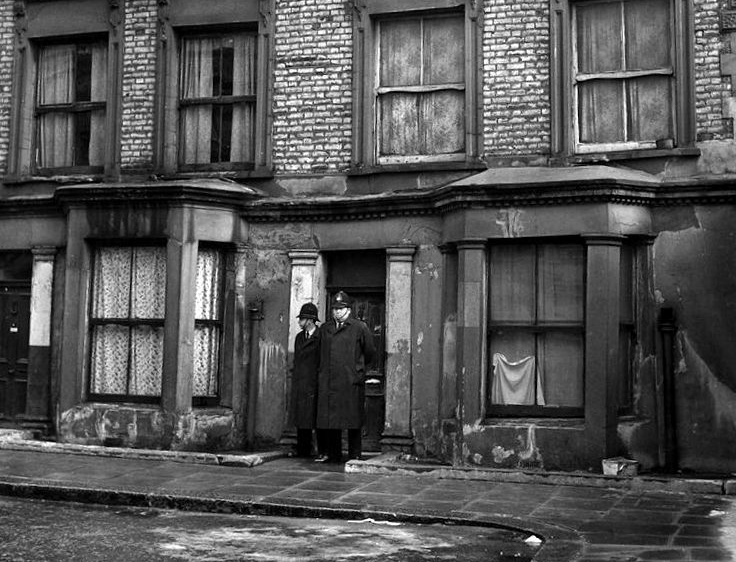
From the LRB: "On 24 March 1953, 43-year-old Beresford Wallace Brown was trying to put up a shelf on which to perch his radio while redecorating the ground-floor kitchen of 10 Rillington Place, where he was an upstairs tenant. The wall sounded hollow behind Beresford Brown’s hammer. He stripped off a sheet of wallpaper and spotted a hole in the wooden panel behind it: an alcove. He shone a torch in, and saw the white torso of a woman, her head covered. He and a fellow tenant went to a kiosk to call the police. The police found two more bodies stashed away behind the first one. All three women in the alcove, Kathleen Maloney, Rita Nelson and Hectorina Maclennan, were in their twenties. They had died between January and March."
Orson Welles' War of the Worlds radio broadcast didn't cause a panic
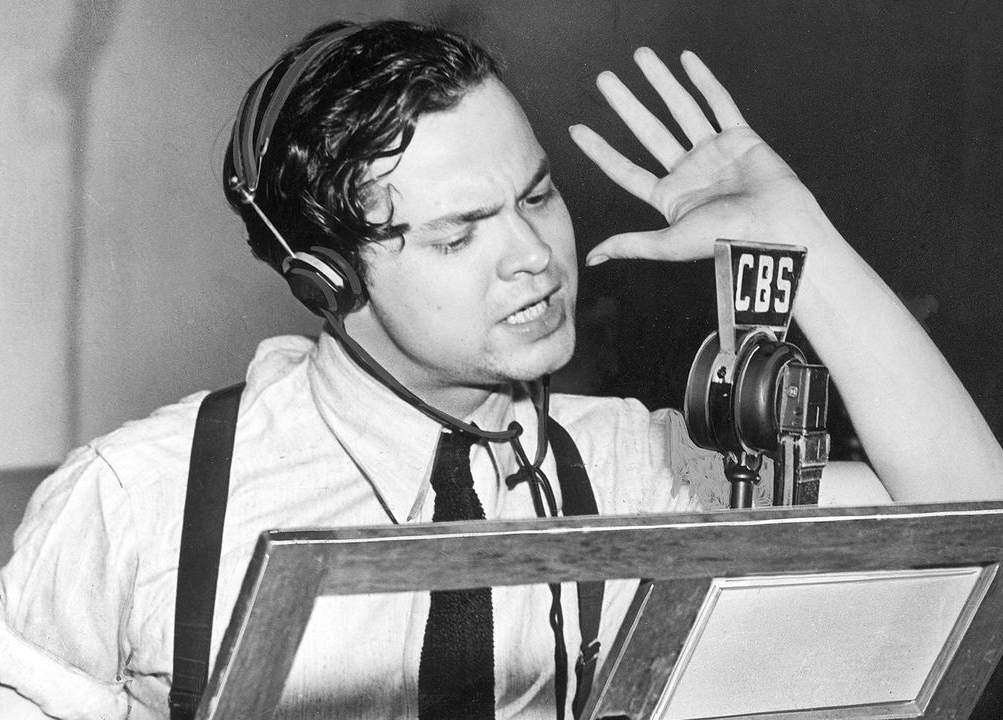
From Slate: "On Halloween night in 1938, Orson Welles and his troupe of radio actors interrupted the Columbia Broadcasting System's programming to report that our planet had been invaded. “Upwards of a million people, [were] convinced, if only briefly, that the United States was being laid waste by alien invaders,” narrator Oliver Platt informs us in a PBS documentary commemorating the program. At least, that’s the story that has been widely reprinted in academic textbooks and popular histories. There’s only one problem: The supposed panic was so tiny as to be practically immeasurable on the night of the broadcast. Despite repeated assertions to the contrary in the PBS and NPR programs, almost nobody was fooled by Welles’ broadcast."
Inside the world where people travel in their own private train cars

From WITI: "At lunch recently with a friend visiting from the US, he casually mentioned that he’d once traveled on someone’s private rail car through the mountains, from Denver all the way to California. I’d heard of private jets, of course, but never private rail cars. I was curious. How does that even work? This rabbit hole led me to some of the most spectacular ways to travel I’ve ever seen. The way private rail cars work is a surprising example of luxury capitalism and public infrastructure not just coexisting, but working harmoniously together. Private rail cars are stored at ordinary train yards, usually at the nearest major hub to their owners’ location. When you want to use them for a trip, you contact Amtrak and arrange for your car to be hitched up."
She won a race barefoot and in a dress and then went to the Commonwealth Games
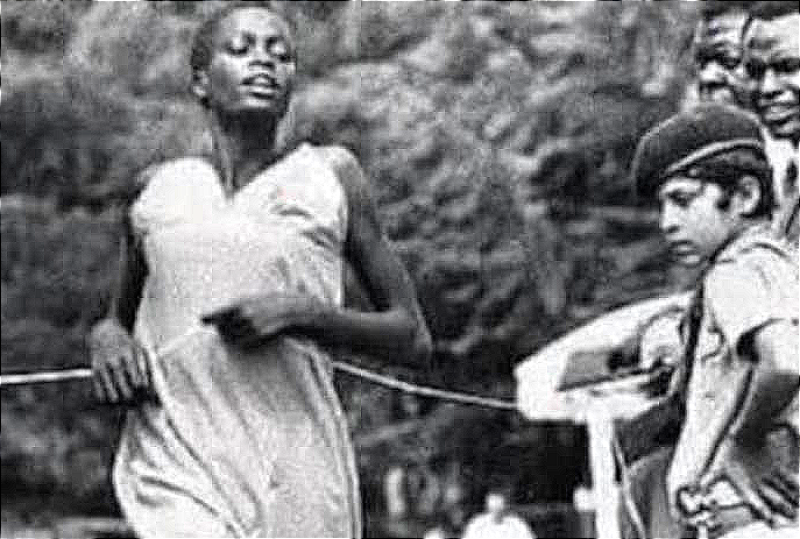
From Paukwa: "Born in Trans Nzoia on 13th June 1959, Sabina Chebichi was just the average schoolgirl from a humble background who focused on her studies. She was 13 years old when she began taking part in racing competitions. In 1973, Sabina signed up for a race in Kericho sponsored by the Brooke Bond tea company. Very few people paid heed to the lanky 14-year-old girl who had shown up for the race barefoot and in a green petticoat. Some probably even laughed her off and dismissed her attempt as sheer folly. But once the starter for the 800 metre race sounded, she put an end to all speculations about her abilities. Sabina bagged first place in 2:16 and left her competitors biting her dust yet again in the 1,500 metre race by winning with a time of 4:40."
Halloween paragliding
Halloween paragliding
— Science girl (@gunsnrosesgirl3) October 30, 2024
pic.twitter.com/MXt5fXmG3J
Acknowledgements: I find a lot of these links myself, but I also get some from other newsletters that I rely on as "serendipity engines," such as The Morning News from Rosecrans Baldwin and Andrew Womack, Jodi Ettenberg's Curious About Everything, Dan Lewis's Now I Know, Robert Cottrell and Caroline Crampton's The Browser, Clive Thompson's Linkfest, Noah Brier and Colin Nagy's Why Is This Interesting, Maria Popova's The Marginalian, Sheehan Quirke AKA The Cultural Tutor, the Smithsonian magazine, and JSTOR Daily. If you come across something interesting that you think should be included here, please feel free to email me at mathew @ mathewingram dot com
